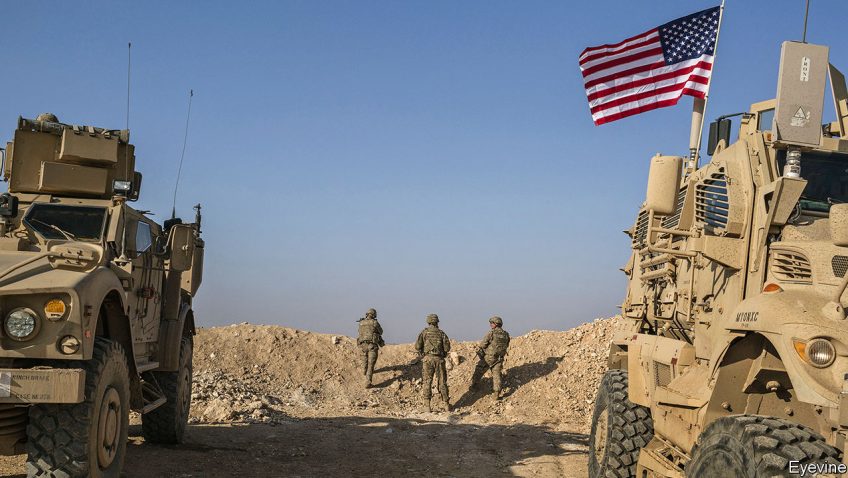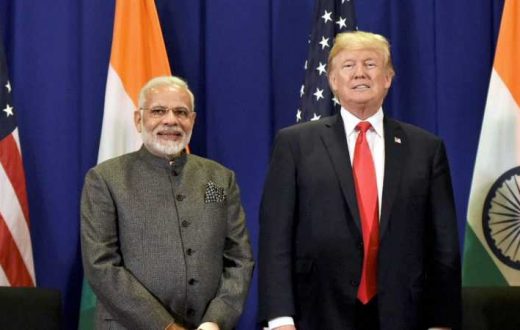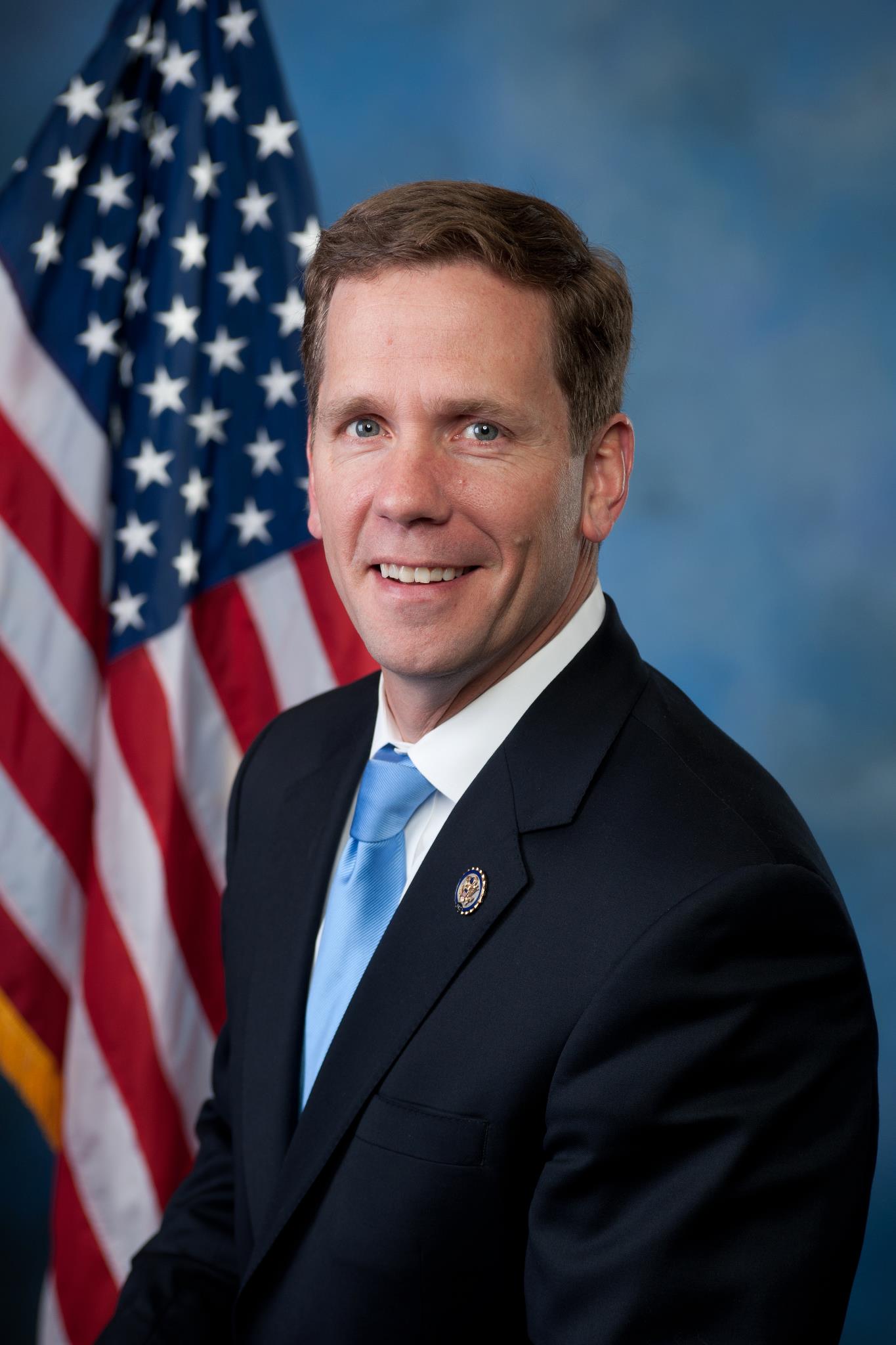Washington – On 18th December 2018 President Donald Trump announced the US withdrawal from Syria. Since then, the debate was going on that whether US would fulfill its promise or not. But the twist in on and off policy of US will lead towards more serious issues, and to the question that What would be Syria’s future after the troops left?
“American decision will bring a positive change”, some would say. Others argue that US is going to face a serious setback after that. As leaving the Syrian territory will lead towards anarchy and other potential hegemons will come up to fill that void. Thinking that they drive out Islamic State from the last silver of territory, would be a great mistake for Americans. Because they might lose the territory or decline in their numbers but vacuum will help them to rise again. The other non-state actors could also rise and lead towards instability in Syria.
American lack in coherent policies enhances rationality, which also give opportunity to American rivals to achieve their interest in Syria. Like Iran and Russia which are continuously backing Assad’s regime would increase their influence, to counter which; was US main objective of intervening. American Exit will not only affect Syria but also outturn its regional policies. The main contention point between US and Turkey are Kurds which America is backing since the beginning, and it’s exit will leave them defenseless. Turkey tried to counter the Kurds which is against US interest; also it could bring Turkey as a potential hegemon in the region which undermine the American’s policy of global dominance. It also gives the negative image to US Arab allies and America’s key allies are gradually losing faith in their long term ally as Donald Trump’s isolationist policies are gaining momentum.
All these issues are becoming a hurdle for America in achieving “Safe Zone” agreement before leaving to reach a cooperative agreement. Every state has its own interest, and nobody is willing to jeopardize them.
This decision could not only have consequences on regional level but as well as on global level. Some think that it might portray America’s image as a fragile state and a sense of betrayal in its allies. Others think that it shows US as a proponent of peace. But the question arises, that noting all these factors, will US change its decision of exit as it did in Afghanistan and decided to stay afterwards?
In February, Trump changed his decision of abrupt withdrawal to the end of April or the beginning of May, and agreed to do it in phases. At first 1000 troops are going to exit from Northeast side. Then military is going to assess the situation and gradually remove troops after every six months. This pause is another shift in Trump’s policy; it will give him time to take his European allies in confidence about his decision, which previously denied withdrawing their troops.
“This is not the end of fight against ISIS”, American special envoy to Syria told the reporters, “we are going to fight but in different ways”.
Now wait for what more shifts and turn, we will have to see in American’s policy, and the change it is going to bring with it. Whether this exit becomes a success story or it’s going to add a black page in American policies.
By Musfirah Rashid








